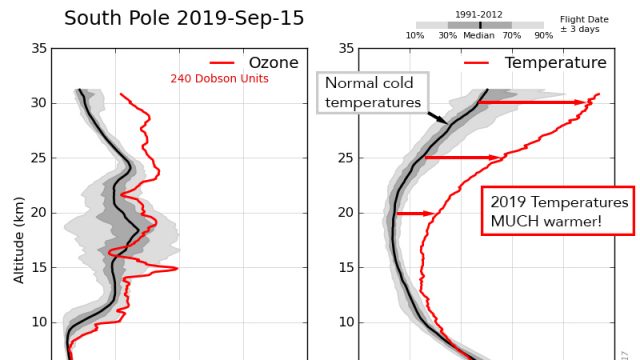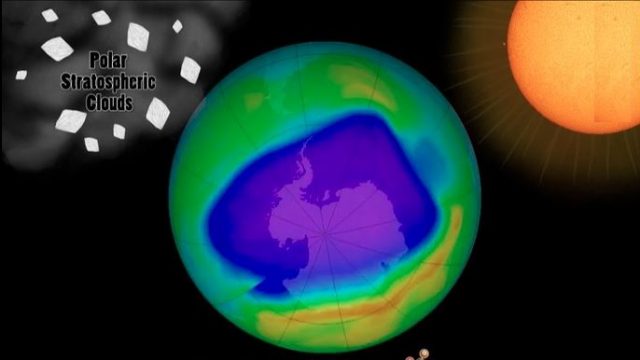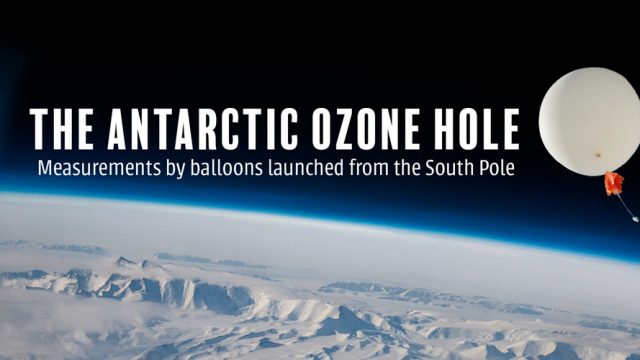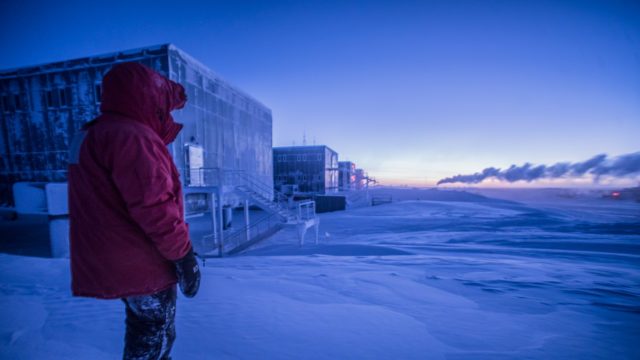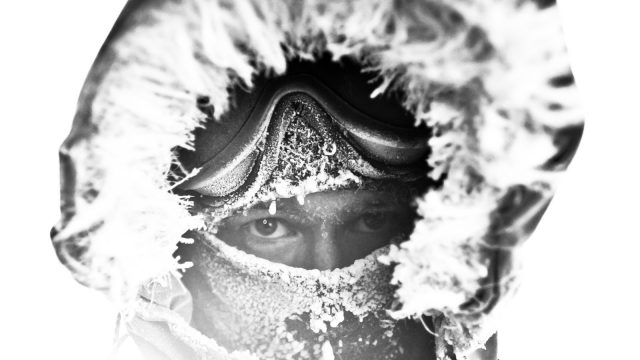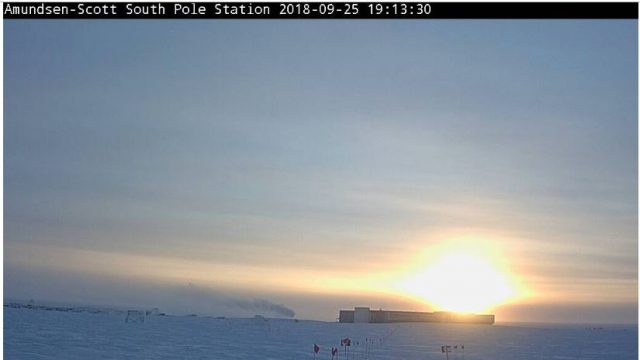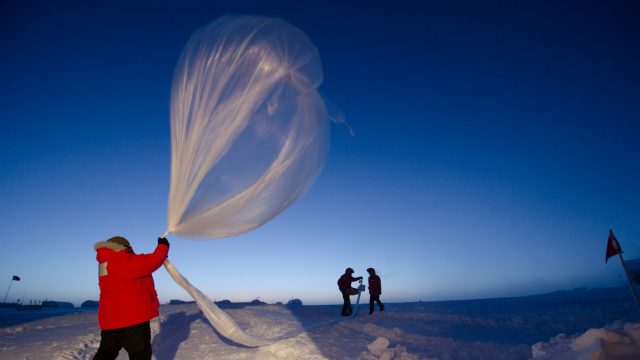As sunrise draws near at the South Pole after six months of night, we check in with the NOAA crew stationed at the South Pole to see how their year in Antarctica is progressing. LTJG Ben Kaiser, Station Chief of the Atmospheric Research Observatory at the Amundsen-Scott South Pole Station was happy to answer questions… Read More
A rare atmospheric phenomenon is occurring over Antarctica that is putting the brakes on this year’s formation of the annual Antarctic Ozone Hole. Extremely warm stratospheric air temperatures are forcing their way over the South Pole and weakening the Antarctic Polar Vortex. This type of event is called Sudden Stratospheric Warming, or SSW, and is… Read More
The annual formation of the Antarctic Ozone Hole is a dynamic process combining extreme environmental factors with manmade chemicals to destroy the ozone layer in an incredible display of catalytic destruction. While destructive chlorine damages the Ozone Layer globally, the danger is most apparent during the annual formation of the Antarctic Ozone Hole. Before the… Read More
The Ozone Layer is the name given to large concentrations of naturally occurring ozone located high in the stratosphere between 35,000 – 160,000 feet. The ozone layer is important to life on Earth because of its ability to filter out harmful doses of ultraviolet radiation from the Sun that damage DNA in plants and animals… Read More
I just returned from a year of supporting NOAA’s research at the South Pole, and what an adventure it was! A big part of our job as the two woman team maintaining the Atmospheric Research Observatory at Pole was frequent balloon launches. Each launch provided us with data that could be used to construct a… Read More
With sunrise behind us and the South Pole beginning six straight months of daytime, destruction of protective ozone continues high above in the stratosphere. Oct 03 has a new minimum Total Column Ozone for the year at 115 DU. Tropospheric ozone was much lower compared to Oct 01. Oct 01 Total Column was at… Read More
This is an exciting time for the NOAA/CIRES ozone team in Boulder and at the South Pole. In Boulder, every morning starts with the question, “Any news from the South Pole?” We’re all eager to know if the latest balloon launch went well and if we are starting to see any signs of the ozone… Read More
With an average winter temperature of -75F and lows that can go well below -100F, people often ask how I was able to handle the cold during my winter at the South Pole. The thing to remember is that Antarctica is the largest desert on Earth. It is beyond “dry”. The South Pole only receives… Read More
Check out this link to our South Pole camera! It shows a picture of the Amundsen-Scott South Pole Station taken every 15 minutes (if a relay satellite is available for transmission). The camera is attached to the roof of the National Science Foundation’s Atmospheric Research Observatory (ARO), which houses NOAA/ESRL’s Clean Air Facility where measurement… Read More
Measuring Ozone in the Atmosphere The majority of ozone in the atmosphere is found high above the surface in the “Ozone Layer.” Stratospheric ozone is typically measured as Total Column Ozone, a number representing all the ozone molecules located in a column of air extending from the surface all the way to the edge of… Read More

